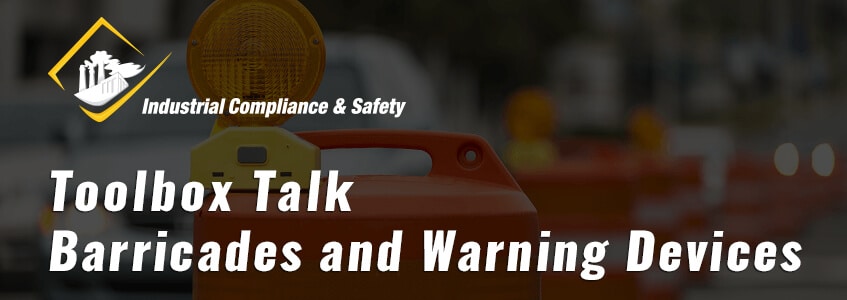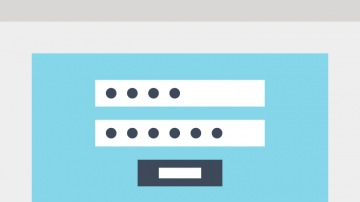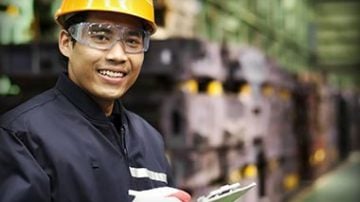Date: ____________________________________
Supervisor: _______________________________
Company Name: _____________________________
Job Name: ______________________________
There are two main types of construction work that typically require a great deal of public protection. These are 1) new residential developments and 2) highway work. Both of these jobs require that you modify the existing traffic patterns and, more importantly, the existing driving habits of the public. Typically, you must plan your communication with the public through strategically placed construction warning devices. This can be a rather tricky task. With this Toolbox Talk, we will go over the best ways to use of barricades and signs.
Guidelines for Discussion:
When you are working on a new residential development, highway renovation, or similar project, there are many complications. Because your worksite occurs on or blocks a road, you are responsible for creating new traffic paths for the public. In this kind of work, here are some common accidents that can occur:
- Collision with construction equipment or employees.
- Collision with other rerouted vehicles.
- Pedestrians (both construction workers and visitors) falling into excavations.
- Vehicles driving into excavations.
- Vehicles driving into work areas.
- Loss of control of vehicle due to changes in road conditions. Tumultuous weather can further affect road conditions.
To prevent accidents such as these, you can use these different kinds of construction signs and safety devices:
- Signs (manned or unmanned)
- Flags
- Traffic cones
- Drums
- Barricades
- Channeling devices such as barrier walls
- Flashing lights
In order for the above devices to be effective, you must heed the following:
- Give the public plenty of warning before they enter the construction zone/reroute path.
- Make sure construction warning devices can be seen and are effective. Test them by driving through the zones yourselves, and be honest if they could be improved.
- Use flagmen on narrow passages, one way passages, or when construction vehicles will be interacting with the public traffic flow.
- Maintain all barricades and signs. Update them whenever the condition of your construction zone significantly changes.
- Give the construction area a buffer area. It is better to block off more space than necessary than it is to restrict your working zone.
- Be sure you clearly mark the beginning and end of the construction area.
Additional Discussion Notes:
Remember: There are specific rules for the usage of signs, barricades and construction warning device. It is important for us to understand and use all the types of warning devices we have to protect us and the public around our construction site(s).
At this time, go over the exact barricade/warning devices that are available to your company. Let your employees know where they can access these devices, and the general rules for each one. This way, you can rest assured that your team understands the fundamentals of their use and that these resources are up to the task.
Safety Recommendations: _____________________
Job Specific Topics: ___________________________
Attendees:
____________________________________
____________________________________
____________________________________
____________________________________
____________________________________
____________________________________
____________________________________
____________________________________
____________________________________
____________________________________
____________________________________
____________________________________
____________________________________
____________________________________
____________________________________
____________________________________
____________________________________
____________________________________
____________________________________
____________________________________
____________________________________
____________________________________
Disclaimer
The information contained within this document (both the online and downloadable version) is provided for informational purposes only. Nobody shall take this as a comprehensive or exhaustive resource on this topic. This material is believed to be accurate, however, the information has been compiled from multiple sources, and so Industrial Compliance & Safety assumes no responsibility for the accuracy of this information. We encourage you to consult experts about this specific Toolbox Talk to ensure you are compliant with any and all safety regulations and processes. In no event does the content of this document supersede any applicable local, state, or federal statutes or regulations.





